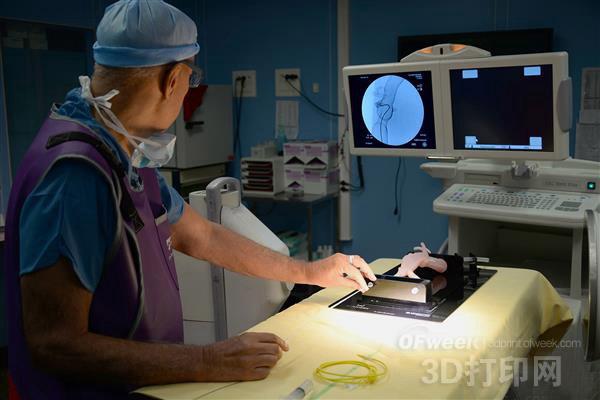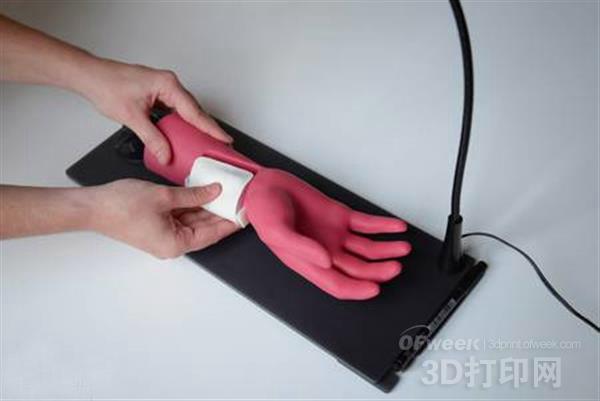In the past few years, 3D printing technology has demonstrated its potential in the medical sector in a variety of ways, including the rapid manufacture of customized implants and prostheses, as well as 3D printed custom organs for surgical planning and training. The potential application of the latter can not only help the doctor to familiarize with the anatomy of a particular patient before the actual operation, but also improve the success rate of the operation, thus effectively helping to save lives. According to Thomas Marchand, founder of French startup Biomodex, this is exactly what his company's efforts are doing.
According to Marchand, in the United States alone, 400,000 people die each year from medical errors, making medical errors the third leading cause of death in the country. And Marchand believes that Biomodex, which he co-founded with Sidarth Radjou, can reduce this terrible number by helping doctors perform pre-operative simulations on precise patient organ models.

It is understood that Biomodex companies from London and Boston, they mainly provide customers with a medical data obtained using MRI and ultrasound to 3D printing patient specific organs services. Unlike some of the rougher 3D printed organ models we've seen in the past, Biomodex uses a multi-material 3D printing system to accurately represent the different tissues and organic textures of the human body, allowing surgeons to more accurately plan surgery and surgery. incision.
In addition to surgical planning for patients, Biomodex's technology can also be used for medical training. For example, it can provide a medical device that functionally replaces the standard simulation process. Specifically, traditional medical training sometimes needs to be performed on a corpse or animal. Of course, there are many ethical issues, as well as the source and preservation of the corpse. The simulation of human organs in 3D printing does not have these problems.

Marchand added: "Another advantage is that we can choose a specific disease or problem that the surgeon wants to perform targeted exercises. For example, we can reproduce specific arm or leg fracture scenarios as needed. Finally, sometimes 3D simulation of the human body is not only an optional training method, but is often the only training method available, especially for pediatric diseases, as the laws of some countries do not allow minors to donate their remains for medical research.
Currently, Biomodex has been able to produce realistic models for cardiac, orthopedic, and ENT surgery. However, the company hopes to extend its services to all areas of medicine. In order to continue to improve their models and create the most realistic 3D printed human organs, Biomodex is working closely with doctors and has hired a team of expert engineers to analyze the biomechanical properties of these organs, whether they are visual or tactile. Solve the real organs as much as possible.

Biomodex was founded in 2014 and successfully acquired a $3.6 million investment earlier this year. Just a few weeks ago, the company also won the E-Health Award, the EDF Pulse Award, the benchmark new technology award. Marchand said the company will also launch another round of financing in September 2017 to expand its operations in the United States.
Ji'An ZhongXiang Natural Plants Co.,Ltd. , https://www.zxnaturaloils.com